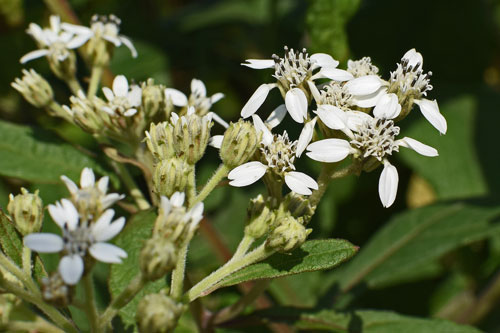Who’s afraid of the Big Bad Flu?
I know many of us are concerned about Swine Flu, and as I write this even the World Health Organization has declared a Level 5 outbreak; just one step away from Level 6, the highest, which is reserved for pandemics.
Somehow it all just doesn’t compute. Maybe I’m sitting here with my own self-made and self-proclaimed measurement yardstick, but based on all the information so far, it looks like the customary blend of media hype feeding off the public’s paranoia.
As of this writing there have been approximately 150 deaths and a little over 2,000 people supposedly infected with H1N1 virus. Even assuming unreported cases with double or triple that number lurking as a possibility, this still doesn’t look anything like pandemic. Latest reports today seem to be that the number of deaths in Mexico have leveled off. So far in the US, there is one reported Mexican infant who died of the disease. The head of medicine in Mexico recently asserted that this viral pathogen did not even originate in Mexico but from Southeast Asia.
There are a few scattered cases reported throughout the country and the world but it’s still far from anything approaching pandemic proportions. Further, thus far there is nothing that distinguishes the so called Swine flu from any other flu symptoms — except that it can only be identified by the Center for Disease Control (CDC).
It’s certainly not news that some people die from the flu. In fact in the US, approximately 36,000 people die each year from the flu with the worldwide death toll numbering into the millions.
Recently a number of health officials are beginning to cautiously question the growing hysteria around the growing Swine Flu hysteria. Recently on his daily networked radio show, even Dr. Dean Edell, an AMA loyalist if there ever was one, pointed out that over 800 people of all ages die from the flu each week, and he questioned the amount of attention and media hype this latest global threat poses.
So if it’s not as bad as it seems, why are we hearing about it every hour like it’s going to wipe us all out?
To quote the bard, “something smells rotten in the state of Denmark.” As always, when paying attention to such things, consider: who stands to gain? This is what brings one back to the global pharmaceutical industry – the true ‘˜pandemic’ to human civilization if there ever was one.
What is happening is that the European drug maker Roche is greatly increasing its production of Tamiflu with a tremendous boost in stock prices bankrolling millions. GlaxoSmithKline, the maker of the anti-flu drug Relenza, is also an investor boom with a steep increase of its stock prices.
Bottom line: Don’t get carried away by alarmist media hype, wash your hands often, and keep it all in perspective.
Herbs for flu prevention (Swine or otherwise)
What can one take to prevent and treat influenza? In North America, an extremely bitter herb known as boneset (Eupatorium perfoliatum) was traditionally used for “breakbone fever,” as the flu was called in the 19th century.
The traditional Chinese formula called Jade Screen (Yupingfeng San) was first described in 1481 and was used to strengthen the Wei (defensive) energy of the body, otherwise known in modern medical terms as the exterior immune system. Jade Screen consists of three herbs: astragalus (Astragalus membranaceous), white atractylodes (Atractylodes macrocephela), and ledebouriella (Saposhnikovia divaricata). Astragalus root has known antiviral and antibacterial properties. Like astragalus, white atractylodes also tonifies Qi (energy) and serves as an assistant or synergistic helping herb with astragalus. The herb ledebouriellia (fang feng), further dispels pathogens, i.e., invading bacteria and viruses, from the surface of the body (skin, nasal passages, mouth, lungs, etc.).
Interestingly, ledebouriella is in the same Apiaceae family as the native North American species of ligusticum herbs such as osha (Ligusticum porteri) which was used by the native and local people had a noticeable benefit during the 1917-1918 Spanish flu pandemic that killed tens of millions of people. Those who took these native herbs only got a relatively mild case of the flu which was deadly to most others.
There is considerable supportive research that daily intake of supplemental vitamin D (the sunshine vitamin) is effective for preventing colds and flus.
Finally, it is important to not allow oneself to get over tired and adhere to a health supporting dietary and lifestyle regime. I also recommend the regular daily use of probiotics to enhance the body’s innate immune wellbeing.

